Science Visualized
-
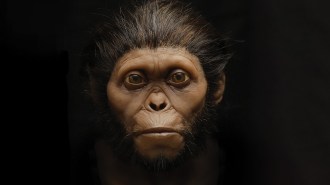 Humans
HumansNew depictions of ancient hominids aim to overcome artistic biases
Artists’ intuition instead of science drive most facial reconstructions of extinct species. Some researchers hope to change that.
-
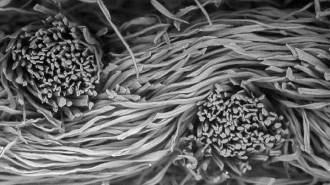 Materials Science
Materials ScienceMicroscopic images reveal the science and beauty of face masks
Important insights into the particle-filtering properties of different fabrics also offer a sense of the unseen, textured world of face masks.
-
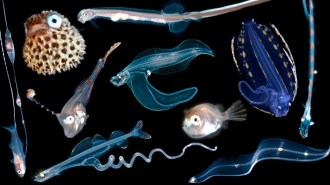 Animals
AnimalsDazzling underwater photos capture new views and scientific detail of fish larvae
Lab specimens of fish larvae are often mangled and bleached. Divers and researchers have partnered to study their rich colors and intricate bodies.
-
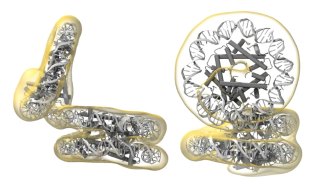 Microbes
MicrobesArchaea microbes fold, twist and contort their DNA in extreme ways
Single-celled archaea open and close their Slinky-like genetic material in a clamshell motion, possibly providing easy access to their genes.
-
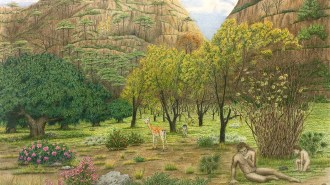 Anthropology
AnthropologyFinds in a Spanish cave inspire an artistic take on warm-weather Neandertals
Iberia’s mild climate fostered a host of resources for hominids often pegged as mammoth hunters.
By Bruce Bower -
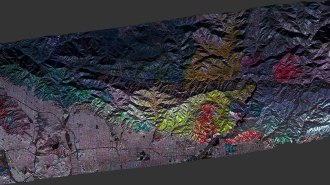 Earth
EarthColor-coded radar maps reveal a patchwork of California wildfire destruction
A composite made up of fine-scale vegetation maps from different years lets researchers track the story of plant loss and regrowth around Los Angeles.
By Jack J. Lee -
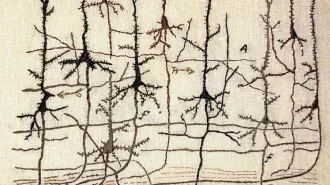 Neuroscience
NeuroscienceFamous brain sketches come to life again as embroideries
A needlework project pays tribute to the iconic drawings of Spanish neuroscientist Santiago Ramón y Cajal.
-
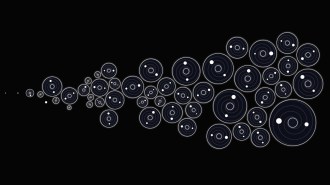 Physics
PhysicsExplore every gravitational wave event spotted so far
This interactive visualization reveals the diversity of smashups that generate gravitational waves.
By Emily Conover and Nadieh Bremer -
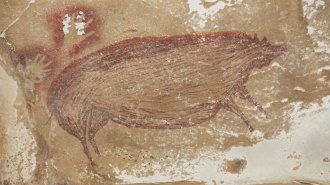 Archaeology
ArchaeologyOne of the oldest known cave paintings has been found in Indonesia
A drawing of a pig on the island of Sulawesi dates to at least 45,500 years ago.
By Bruce Bower -
 Space
SpaceThis new image reveals a sunspot in unrivaled detail
An image taken by the Daniel K. Inouye Solar Telescope — the largest solar observatory on Earth — provides the best look yet at a sunspot.
-
 Animals
AnimalsHundreds of new genomes help fill the bird ‘tree of life’
More than 10,000 bird species live on Earth. Now, researchers are one step closer to understanding the evolution of all of this feathered diversity.
By Jake Buehler -
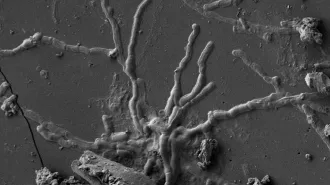 Anthropology
AnthropologyThese human nerve cell tendrils turned to glass nearly 2,000 years ago
Part of a young man’s brain was preserved in A.D. 79 by hot ash from Mount Vesuvius’ eruption.